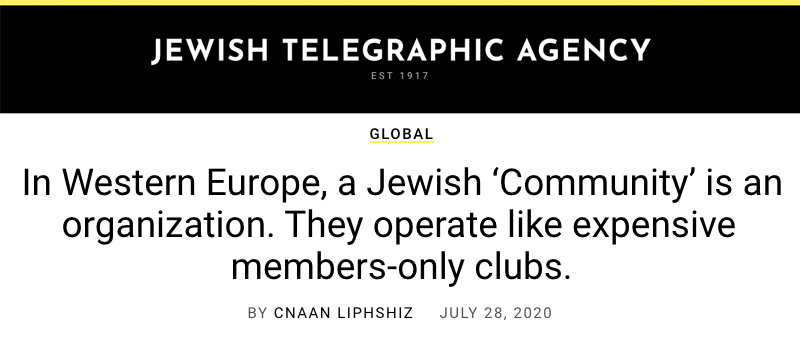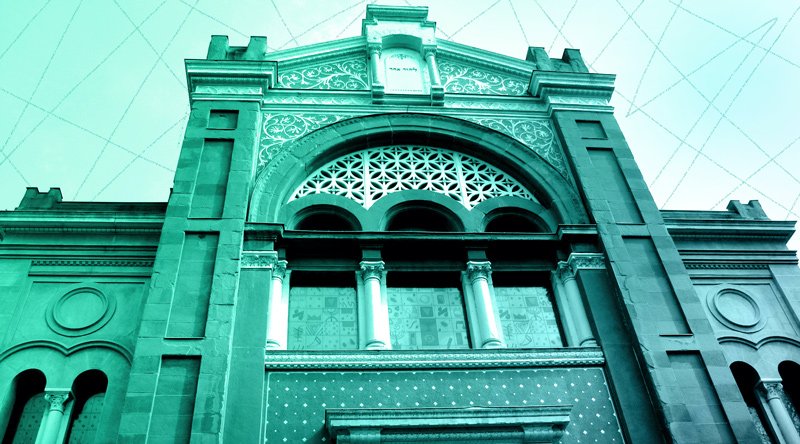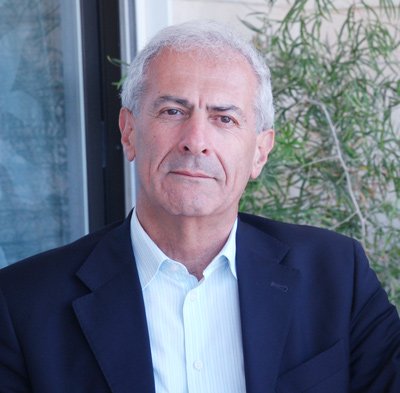

AMSTERDAM (JTA) — In North America, when Jews say they identify as part of the Jewish “community,” they are saying they belong to a broad cultural and religious framework. They could be referring to the community of Jews in their city, their province or state, the country at large or the world — and it doesn’t necessarily mean that they belong to a synagogue.

In Western Europe, that applies in some situations. In others, however, saying that one is part of a “Community” (capital C) carries different connotations. That’s because Jewish communities and congregations here are arranged in a system that is radically different than the ones in Canada or the United States.
The European model is called Kultusgemeinde, German for “cultural community.” Most major cities have organizations called “communities” — for instance, the Jewish Community of Milan, the Jewish Community of Berlin and so on. Membership usually involves genealogical vetting and an annual fee that’s determined by income level.
Sergio Della Pergola, an expert on Jewish demography at the Hebrew University of Jerusalem, analyzes the origins of the European community model, as well as the pros, cons and costs in an in-depth article by the Jewish Telegraphic Agency.